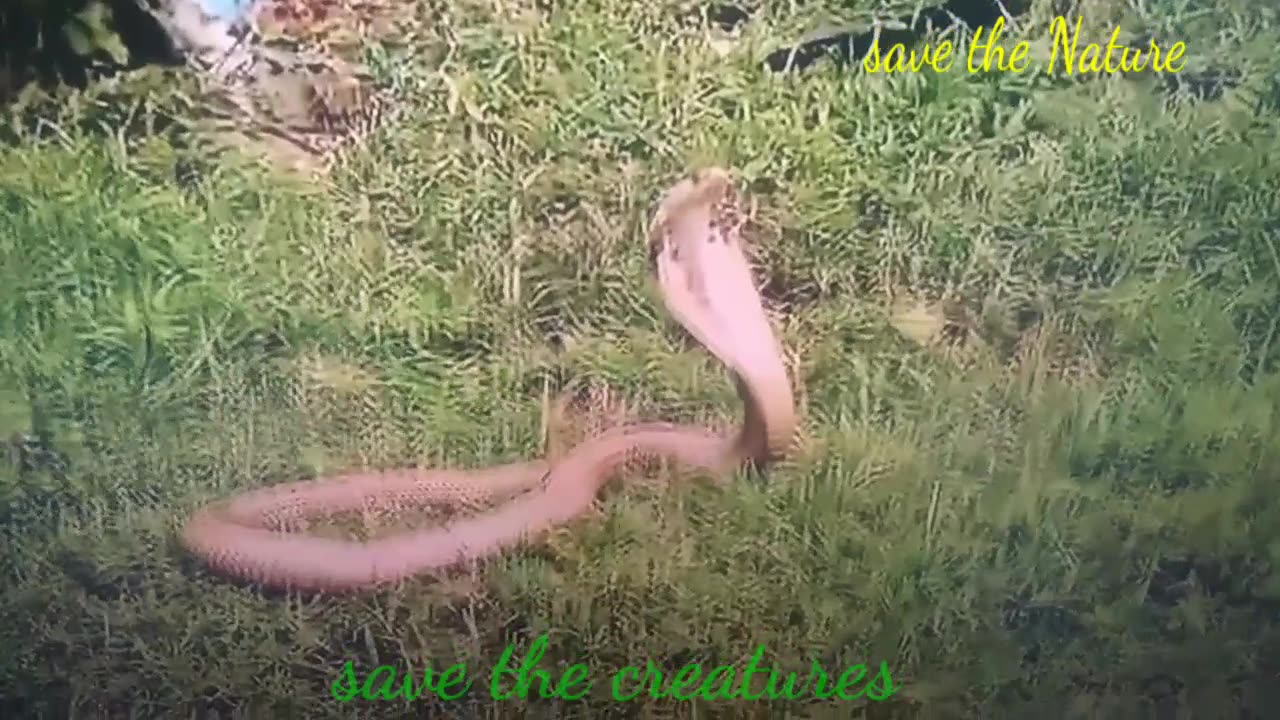Premium Only Content

save snacks save nature
The term "wild lifestyle in forests" typically refers to the way animals and other organisms live and interact in their natural forest habitats, free from human intervention or domestication. Forests are complex ecosystems that provide a wide range of resources and support a diverse array of life forms. Here are some aspects of the wild lifestyle in forests:
1. Biodiversity: Forests are incredibly diverse environments, housing an extensive variety of plant and animal species. These ecosystems are home to countless species of trees, shrubs, insects, birds, mammals, amphibians, and reptiles, all interconnected in intricate ecological relationships.
2. Habitat diversity: Forests offer a wide range of habitats, including canopy layers, understory, forest floor, and various microhabitats. Each habitat supports different species with specific adaptations to their environment.
3. Foraging and hunting: Wild animals in forests rely on their natural instincts and adaptations to find food and water. Predators hunt for prey, herbivores graze on vegetation, and scavengers consume decaying organic matter.
4. Reproduction and parenting: Forest-dwelling animals have their unique strategies for reproduction and parenting. Some species build nests or dens to protect their young, while others give birth in hidden locations.
5. Territorial behavior: Many animals in forests exhibit territorial behavior to establish and defend their living spaces and resources, such as food, mates, and shelter.
6. Migration and seasonal patterns: Some forest-dwelling species undertake long-distance migrations to find better resources or escape harsh conditions. Many organisms also follow seasonal patterns in activities like breeding and hibernation.
7. Interactions and symbiosis: Forests are ecosystems where different species interact with each other in complex ways, forming symbiotic relationships like mutualism, commensalism, and parasitism.
8. Survival skills: Wild animals in forests must develop various survival skills, including camouflage, evasion, communication, and adaptation to changing environmental conditions.
It's important to note that the wild lifestyle in forests is constantly influenced by factors such as climate, availability of resources, and interactions with other species. Additionally, human activities like deforestation, habitat destruction, and pollution can significantly impact the delicate balance of life in these ecosystems. Preserving and protecting forests and their inhabitants is vital for maintaining the richness of the wild lifestyle in these natural habitats.
-
 LIVE
LIVE
The Charlie Kirk Show
16 minutes agoRemembering Charlie's Martyrdom and Continuing His Revival | Driscoll, McPherson | 9.29.2025
23,087 watching -
 LIVE
LIVE
MattMorseTV
1 hour ago🔴COURT DATE for Kirk's ASSASSIN.🔴
987 watching -
 LIVE
LIVE
Nerdrotic
1 hour agoOne Woke After Another | JK Rowling NUKES Emma Watson - Nerdrotic Nooner 520
873 watching -
 LIVE
LIVE
Steven Crowder
2 hours ago🔴 Trump Hammers Portland: ANTIFA is a Terrorist Organization that Must be Crushed
33,711 watching -
 LIVE
LIVE
The Mel K Show
40 minutes agoMORNINGS WITH MEL K - The Bow Has Broken: Justice is Coming 9-29-25
1,045 watching -
 1:01:09
1:01:09
The Rubin Report
1 hour agoCNN Liberals Go Silent as Guest Points Out Fact After Fact on Left Wing Violence
6.55K12 -
 LIVE
LIVE
Benny Johnson
2 hours agoChristianity Under Attack: Trump Declares 'Epidemic of Violence' on Christians As Church Shot,Burned
6,208 watching -

Nikko Ortiz
1 hour agoChurch Shooting And Arson Attack In Michigan - Rumble LIVE
8.24K2 -
 1:00:21
1:00:21
VINCE
3 hours agoThe Left's "Mostly Peaceful" Terrorists + Guest Eric Trump | Episode 135 - 09/29/25
173K128 -
 LIVE
LIVE
LFA TV
14 hours agoBREAKING NEWS ALL DAY! | MONDAY 9/29/25
4,778 watching